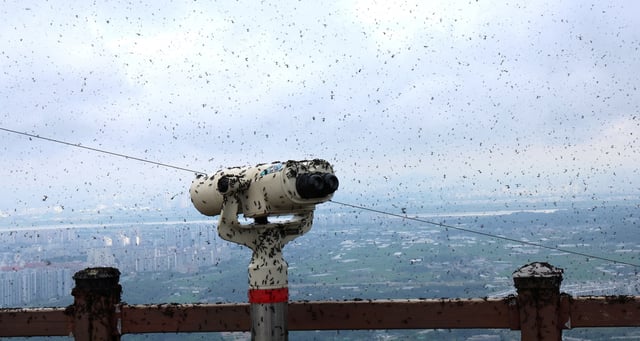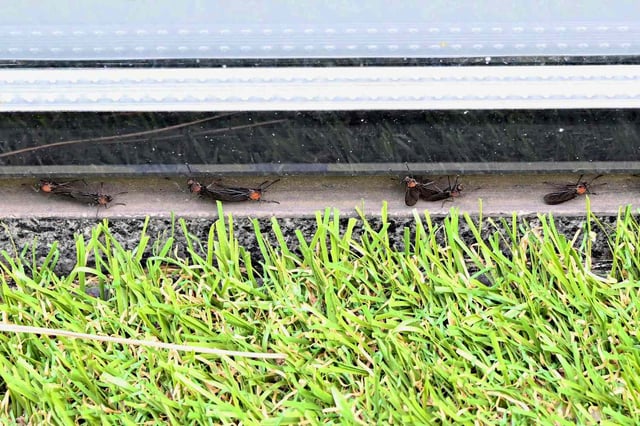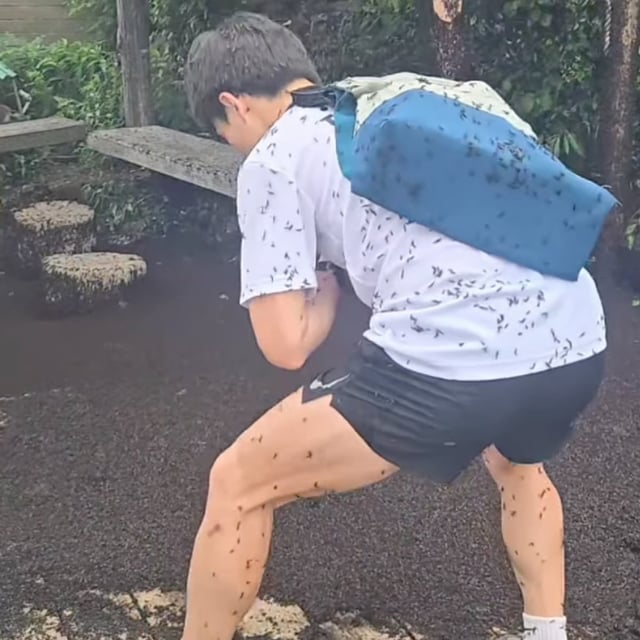Overview
- Dense swarms of Plecia nearctica have blanketed Mount Gyeyang and urban areas since late June, coating trails and public spaces with live insects and carcasses.
- The Incheon Gyeyang district recorded about 360 infestation complaints by June 27, compared with 62 at the same time last year.
- Seoul and Incheon officials discourage broad pesticide use to safeguard ecological benefits, recommending non-chemical measures such as surface spraying, sticky pads and wearing dark clothing outdoors.
- The Environment Ministry and local governments are reviewing fungal larvicides that target lovebug larvae while minimizing risks to other wildlife.
- Adult lovebugs live for roughly two weeks, prompting authorities to expect a sharp natural population crash by mid-July.



